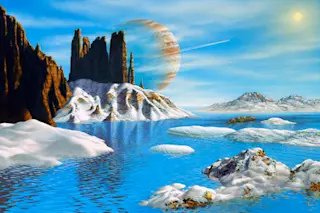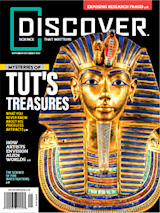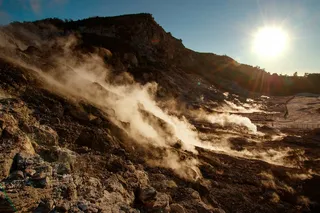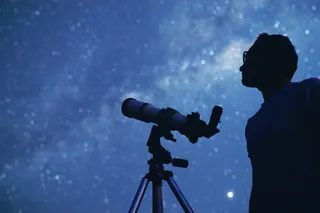This story was originally published in our Nov/Dec 2023 issue. Click here to subscribe to read more stories like this one.
Astronomical websites and press releases brim with pictures of swirling gas giants, watery terrestrial worlds, and strange planetary systems with exotic suns. But just how realistic are these artist’s concepts? Do they truly show newly discovered worlds, or are they simply fanciful pictures meant to draw you into reading about the latest addition to the exoplanetary menagerie?
“These aren’t just people slapping up a new exoplanet template every time that one is discovered. This is a real depiction, if we can have one,” says prominent exoplanet artist Lynette Cook, who has been illustrating other worlds since 1995. “It’s based on scientific fact, as far as the facts go that we have. And then beyond that, it’s fact-based theory.” Even when artistic license is involved — which it often is ...















